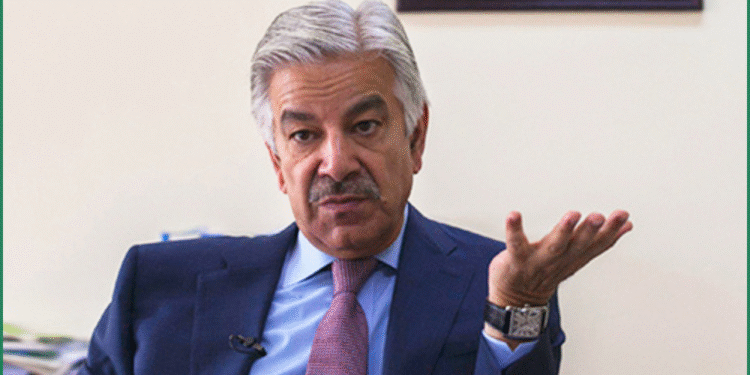Pakistan’s Defense Minister Khawaja Asif has warned that a military response to recent Indian drone incursions is becoming “increasingly certain,” raising fears of a broader conflict between the two nuclear-armed neighbors. The statement comes amid heightened tensions following India’s reported drone and missile strikes on targets in Pakistan and Pakistan-administered Kashmir, which India claims were aimed at neutralizing terrorist infrastructure.
A Rapidly Deteriorating Situation
The latest escalation began earlier this week when India launched a series of precision strikes, codenamed “Operation Sindoor,” targeting alleged militant sites. The operation was described by Indian officials as a direct response to a deadly attack on April 22 in Pahalgam, Indian-administered Kashmir, which claimed the lives of 26 civilians. India asserts that the strikes hit nine specific locations, including areas in Punjab and Pakistan-administered Kashmir, to dismantle terrorist networks.
Pakistan, however, has condemned the strikes as an act of aggression, claiming they targeted civilian areas and infrastructure. According to Pakistani authorities, the attacks resulted in significant casualties, with reports indicating at least 31 deaths, including civilians, and dozens of injuries. Pakistan’s military also claims to have downed several Indian drones and intercepted missiles, further intensifying the rhetoric.
In a recent statement to international media, Khawaja Asif emphasized that Pakistan is running out of options for de-escalation. “The situation is moving toward a point of no return,” he said, accusing India of violating international boundaries. “Pakistan will respond decisively to protect its sovereignty.” Asif’s remarks underscore the growing risk of retaliation, with Pakistan’s military reportedly on high alert.
Mutual Accusations Fuel the Fire
Both nations have accused each other of initiating drone and missile attacks, adding to the complexity of the crisis. Pakistan claims to have neutralized 25 Indian drones, describing them as “kamikaze” units designed to strike strategic targets. Meanwhile, India alleges that Pakistan attempted to target military installations across northern and western India, with Indian forces intercepting multiple drones and missiles.
The tit-for-tat accusations have created a volatile atmosphere, with both sides mobilizing resources and closing key airports in border regions. In Indian-administered Kashmir, residents reported hearing explosions and air raid sirens, while blackouts were enforced in cities like Jammu to counter potential drone threats. Pakistan, too, has heightened security measures, with reports of damage to civilian infrastructure, including a cricket stadium in Rawalpindi.
International Calls for Restraint
The international community has expressed alarm over the spiraling conflict. The United States, through Secretary of State Marco Rubio, has urged both nations to exercise restraint and pursue diplomatic solutions. “We are closely monitoring the situation and hope for a swift de-escalation,” Rubio said, echoing earlier remarks by President Donald Trump. China, a key regional player, has also called for calm, emphasizing that stability in South Asia is critical for global peace.
Analysts warn that the lack of robust crisis communication channels between India and Pakistan could exacerbate the situation. Unlike previous escalations, such as the 2019 Pulwama crisis, the current standoff involves advanced drone technology and long-range munitions, increasing the potential for miscalculation.
A Region on Edge
The ongoing hostilities have disrupted daily life on both sides of the Line of Control (LoC), the de facto border dividing Kashmir. Heavy artillery exchanges have been reported, and civilian casualties are mounting. In Pakistan, public sentiment is increasingly hawkish, with calls for a strong response to India’s actions. In India, the government has faced pressure to maintain a hardline stance against terrorism, further complicating efforts to de-escalate.
As both nations brace for potential retaliation, the specter of a broader conflict looms large. The international community faces the challenge of mediating between two rivals with a long history of mistrust, while the people of South Asia hope for a resolution that avoids further bloodshed.

















































